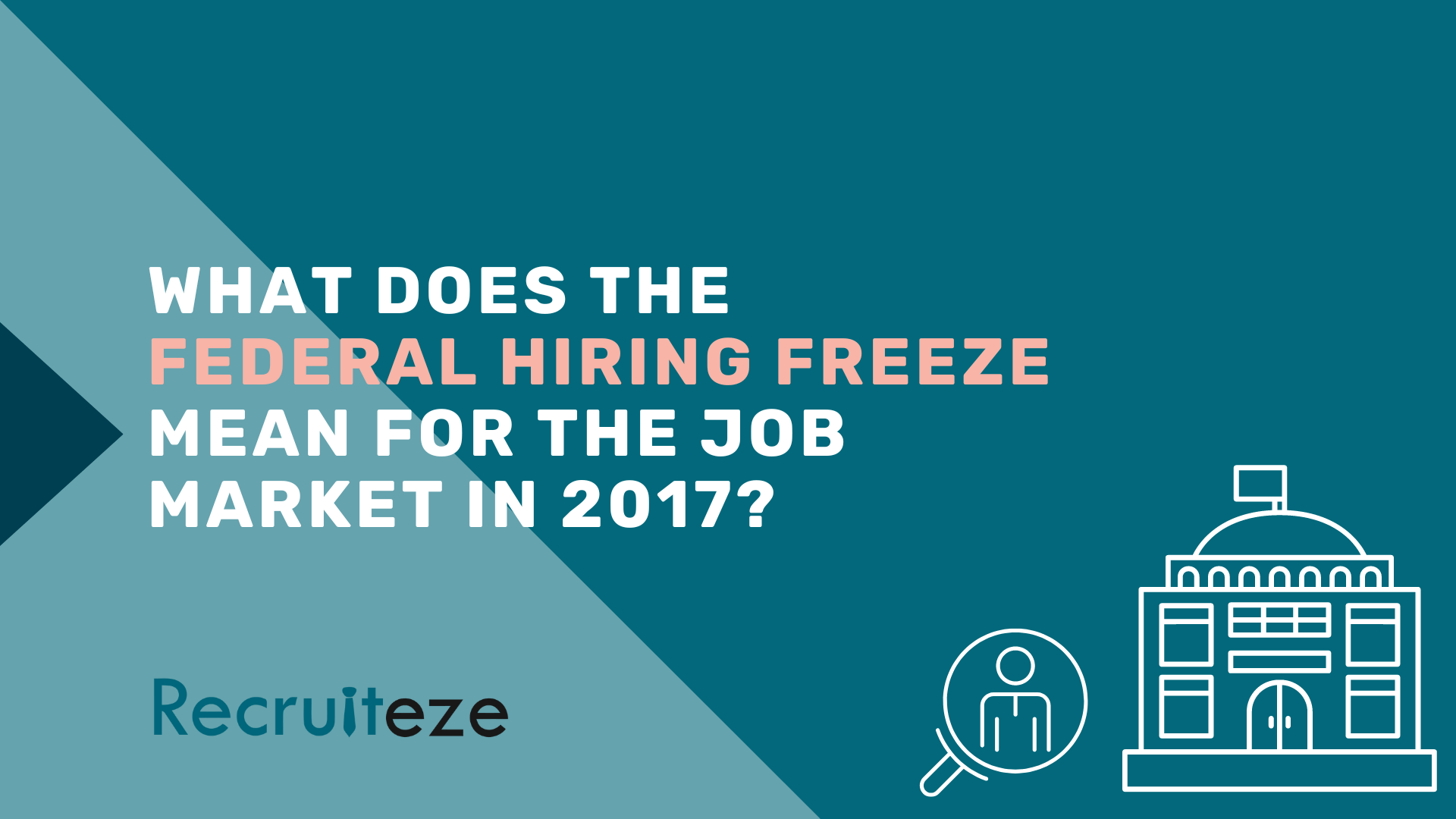
It is important to note that the federal hiring freeze was specific to 2017, and the job market has evolved significantly since then. The current job market dynamics will be influenced by more recent policies, economic factors, and trends.
Federal hiring freeze meaning
A federal hiring freeze is a temporary policy implemented by a government that halts the hiring of new employees within federal agencies and departments. This policy is typically enacted to reduce government spending, increase efficiency, and control the size of the federal workforce.
During a federal hiring freeze, vacant positions may remain unfilled, and new positions may not be created, leading to potential impacts on public services, specific industries, and the overall job market.
How many federal freezes were there in the USA?
In the United States, several federal hiring freezes have been implemented by different administrations.
Some notable examples are:
- President Jimmy Carter – Carter implemented a hiring freeze in 1977, which lasted for several months. The freeze aimed to reduce the size of the federal workforce as part of broader efforts to control government spending.
- President Ronald Reagan – Reagan enacted a federal hiring freeze immediately after taking office in 1981. The freeze aimed to reduce the size of the federal workforce and cut government spending. It lasted for several months before being replaced by other workforce management policies.
- President George H.W. Bush – Bush ordered a partial hiring freeze in 1992, which affected certain departments and agencies. The freeze aimed to streamline government operations and reduce spending.
- President Bill Clinton – Clinton implemented a hiring freeze in 1993, which lasted for 90 days. The freeze was part of a broader effort to reduce the federal workforce and cut government spending.
- President Donald Trump – Trump ordered a federal hiring freeze in 2017, which lasted for about 90 days. The freeze aimed to reduce government spending, increase efficiency, and decrease the size of the federal workforce.
2017 Federal hiring freeze implications
The Federal Hiring Freeze implemented in 2017 was an executive order signed by then-President Donald Trump, which temporarily halted the hiring of new federal employees.
While the order excluded military, national security, and personal safety personnel, it did affect every other branch of the federal government.
The order aimed to reduce government spending, increase efficiency, and decrease the size of the federal workforce.
This hiring freeze had several implications for the job market in 2017:
- Reduced job opportunities: With the freeze in place, job seekers looking for federal employment faced reduced opportunities, as new positions were not being created and vacant positions were left unfilled.
- Increased reliance on contractors: As federal agencies were not allowed to hire new employees, they might have increased their reliance on contractors and temporary workers to fill gaps in the workforce. This could have led to a rise in demand for contract-based jobs.
- Impact on public services: The hiring freeze potentially affected the delivery of public services, as understaffed federal agencies might have faced challenges in fulfilling their responsibilities. This could have resulted in longer wait times for services or reduced assistance to the public.
- Impact on specific industries: Some industries, such as defense, healthcare, and infrastructure, might have felt the effects of the hiring freeze more acutely, as these sectors often rely on federal employees for research, regulation, and development.
- Potential long-term effects: The freeze was temporary and eventually lifted, but the long-term effects of a smaller federal workforce might have continued to impact the job market. This could have resulted in fewer opportunities for career advancement and a potential talent drain as skilled professionals sought employment in other sectors.
A wide variety of departments and agencies were affected, including national parks, forests and other services. During this time of year they’re normally gearing up with seasonal workers. Most parks and forests open to tourists in April. The new 90 day order for hiring freezes were cutting it close for them.
College and high school students who were planning an internship within this 90 day window were not be affected. Government internships were not be jeopardized. That means the pathway internship and presidential management fellows programs were not be jeopardized.
The Best Free Recruiting Software is Here! Use Recruiteze Now!
Are you interested in reducing the time it takes to format all the submitted resumes for your job openings? Then you should try Recruiteze today! Recruiteze is the best free recruiting software on the market. It will help your company reduce the hassle and time consuming processes staffing agencies and hiring managers have to deal with when filling open positions. This packages comes fully mobile ready and will give you many recruiting advantages.
If you’re already using free recruiting software in your office, get a free version of iReformat. iReformat allows you to easily manage resumes and format 10 per month for free! In addition, we are proud to offer you a free 15 day trial of any of our other memberships. Other packages start at $10 per month and offer unlimited support, users, and more!
We’ve taken the redundant administrative work out of recruiting. Don’t hesitate to use our online recruitment systems to help reduce the time consuming process of hiring new employees and filtering through resumes and applications. If you have any questions or are interested in our enterprise package that offers unlimited access to all our services contact us today!
More from our blog:
